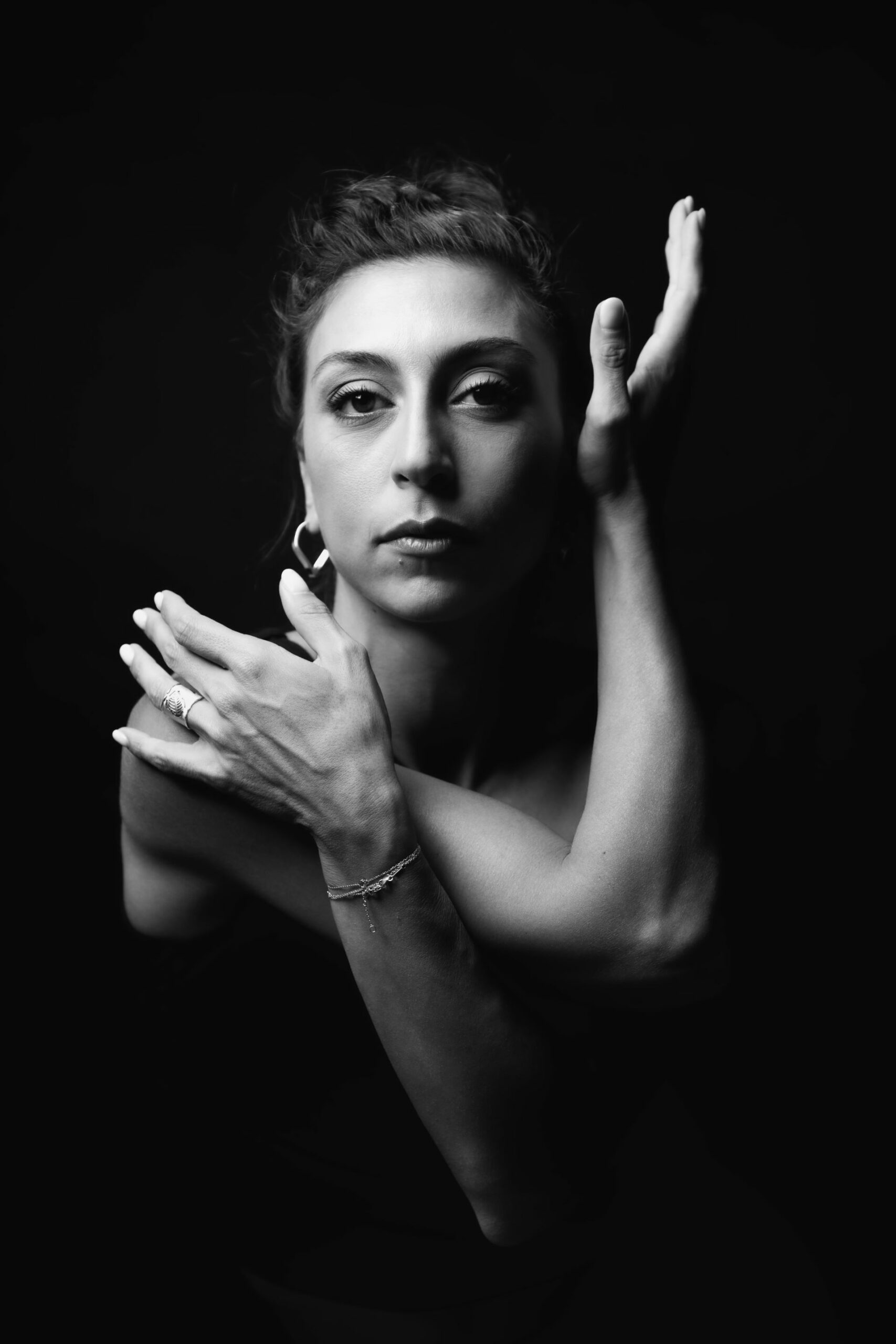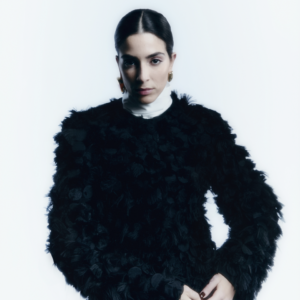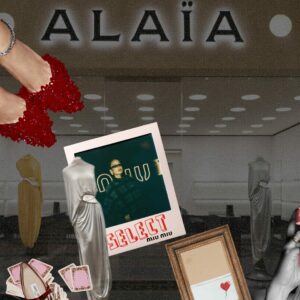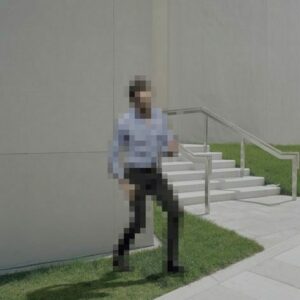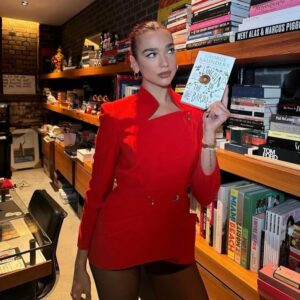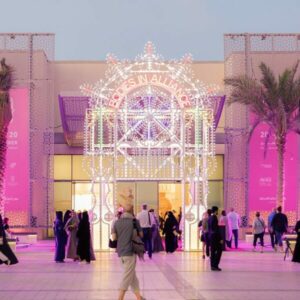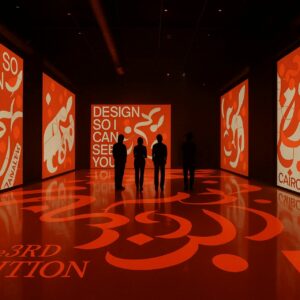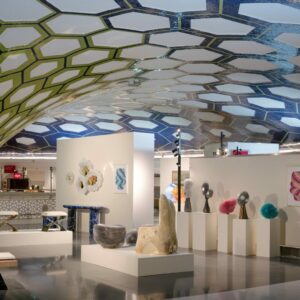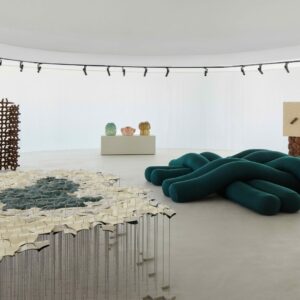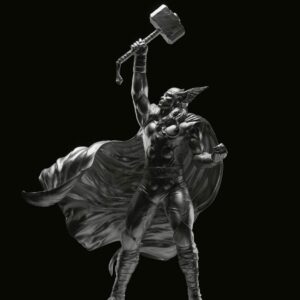Lebanese filmmaker and movement practitioner Jana G. Younes’ (Instagram) artistry is characterised by a dynamic energy that resonates through her many creative ventures. As a dancer, choreographer, teacher, and director, she has made her mark in a diverse range of projects, from fashion films and music videos to dance cinema and television. Co-founder of the Beirut Contemporary Ballet, Younes champions the fusion of physicality with narrative and philosophical depth, emphasising that dance’s true essence lies in its bodily expression. Her commitment to this philosophy shines through her award-winning films, including ‘Orenda’, ‘And So Do I’, and ‘Ghazal’, which have captivated audiences worldwide with their exploration of movement and emotion. Younes’ work proves that dance is not just performance, but a catalyst of expression of human experience.
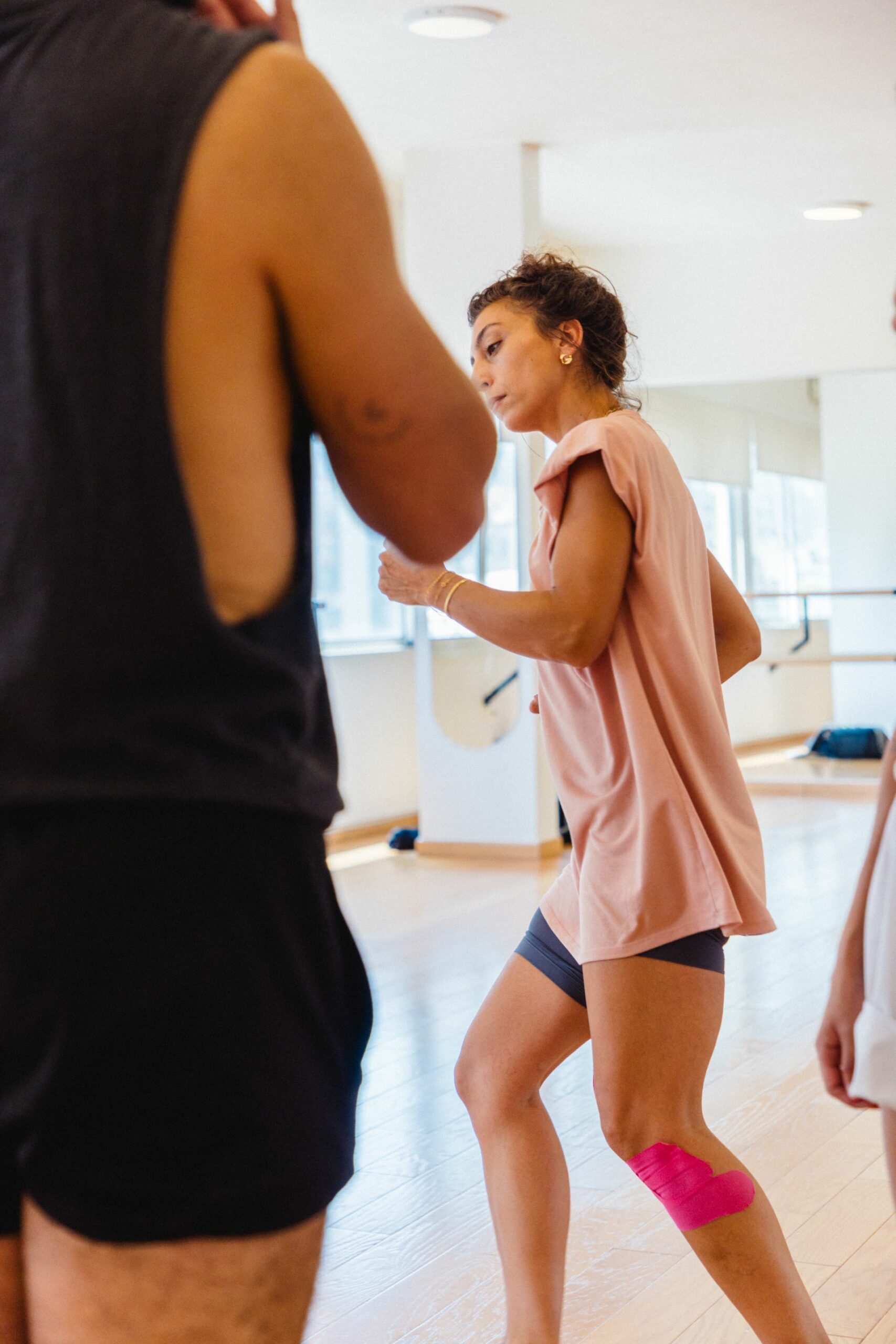
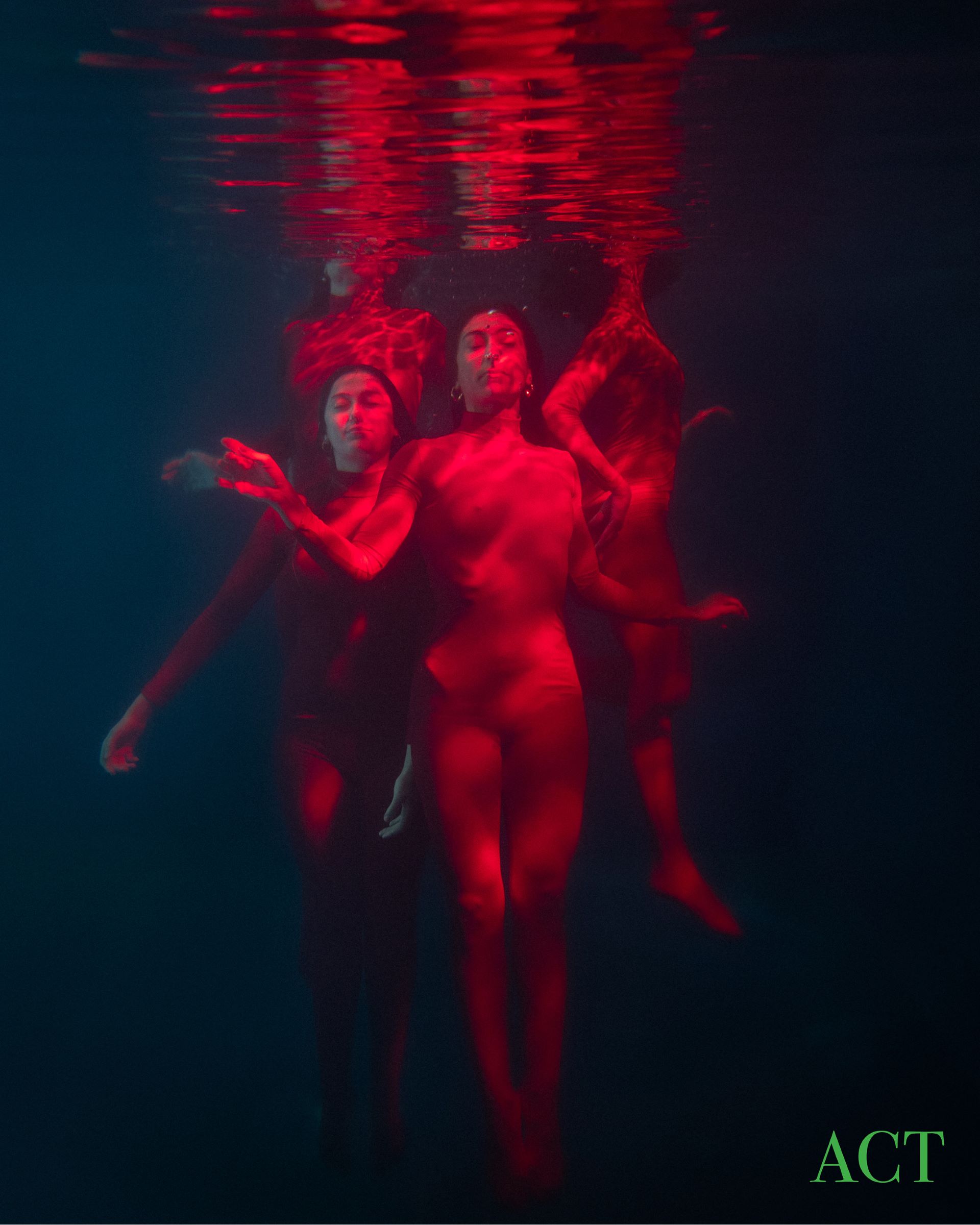
When was it that you discovered your interest in dance and film?
As a young performer, we used to get these recordings of our yearly recital, and it always made me wonder how the filming and editing could better capture the feel of the theatre. I’ve always wanted to break the screen barrier and immerse the audience as if they were watching it live.
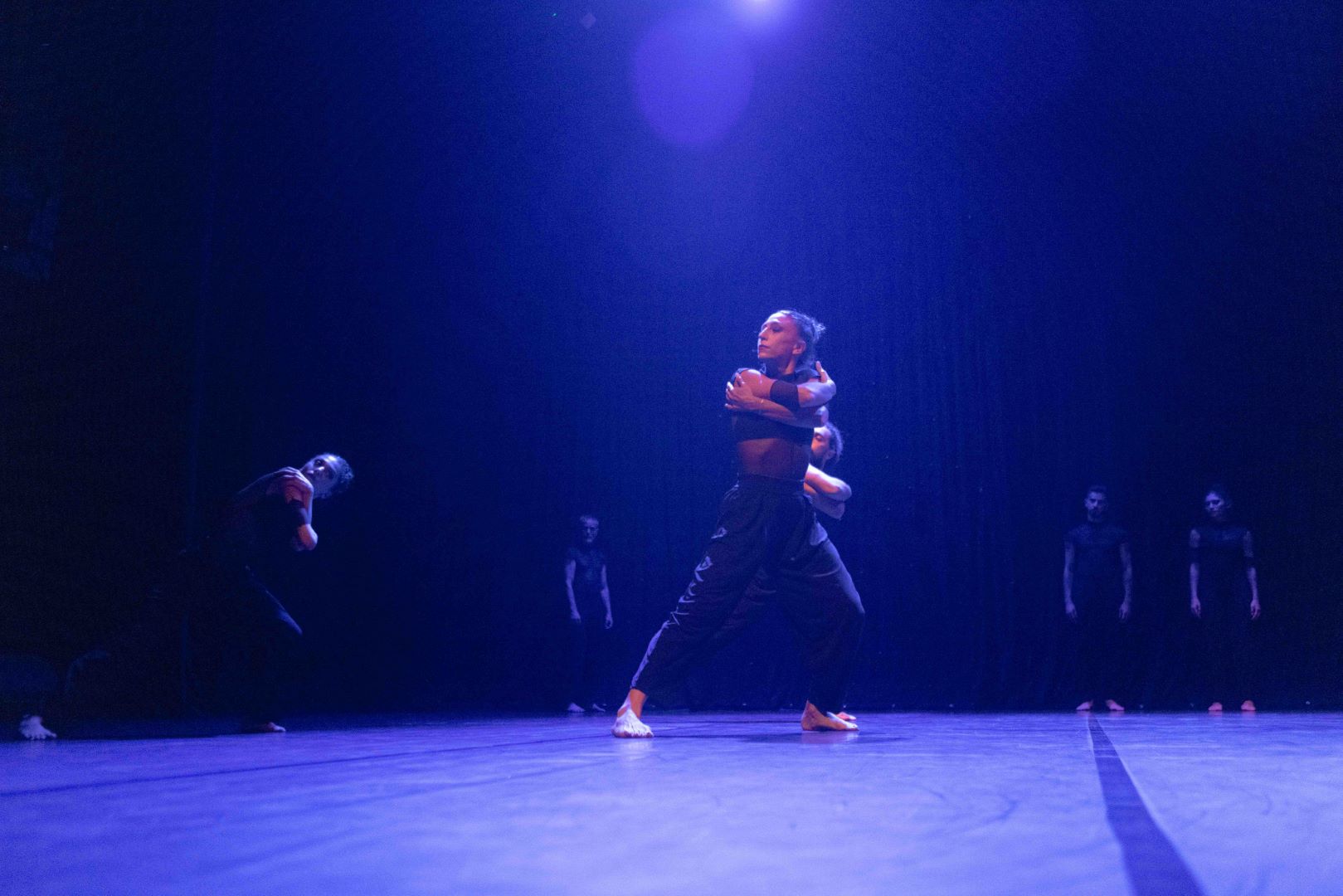
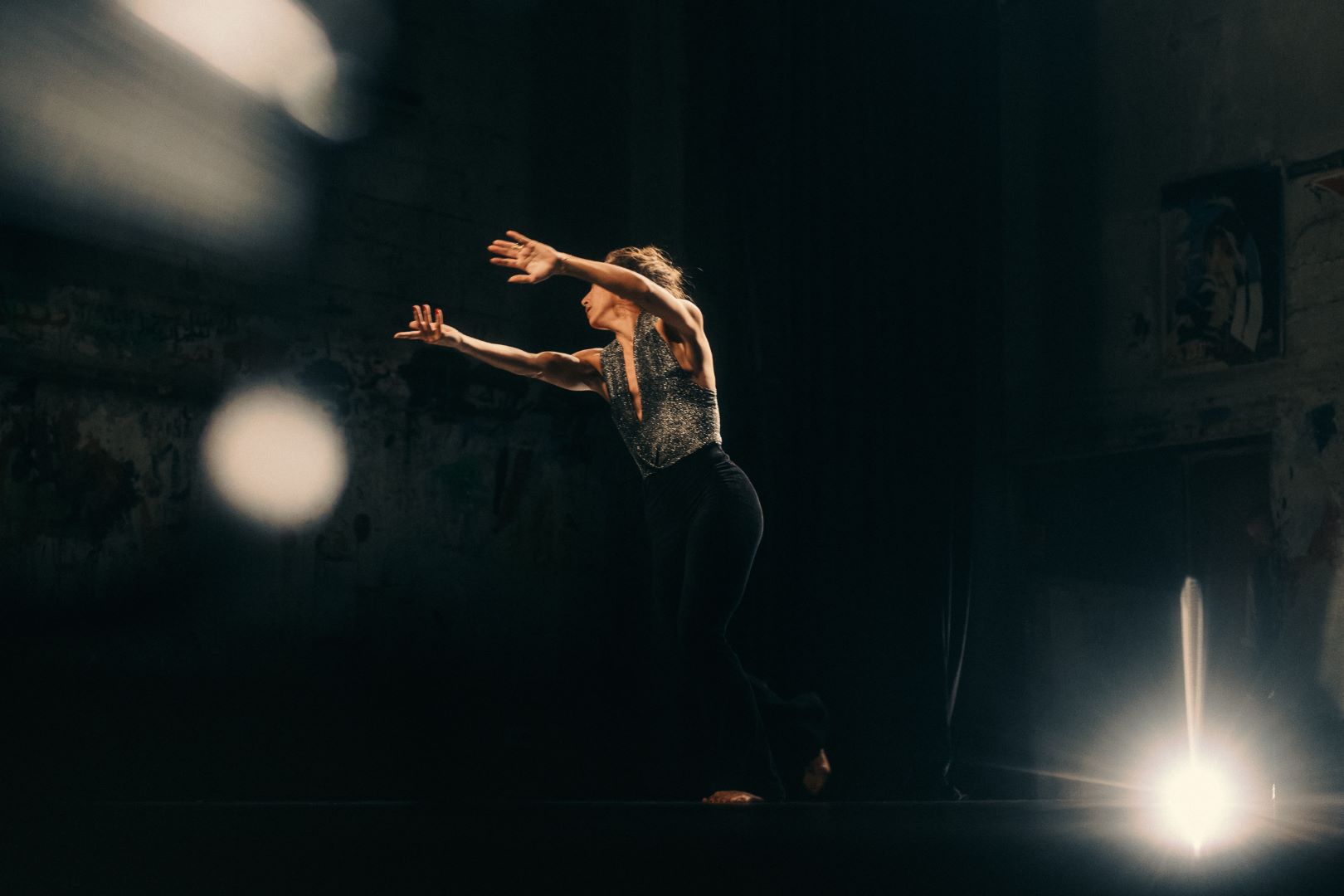
What inspired you to co-found the Beirut Contemporary Ballet?
In 2016, I asked Jens Bjerregaard to choreograph and star in my dance film, ‘And so do I’. Our combined creative methods led to an interesting approach to making screen dance. During post-production, over coffee, we joked about starting a company. We began telling people, got to the studio, and a few months later, we launched Beirut Contemporary Ballet and premiered our first work, a duet called ‘Skirmish,’ at Alserkal venue in Dubai.
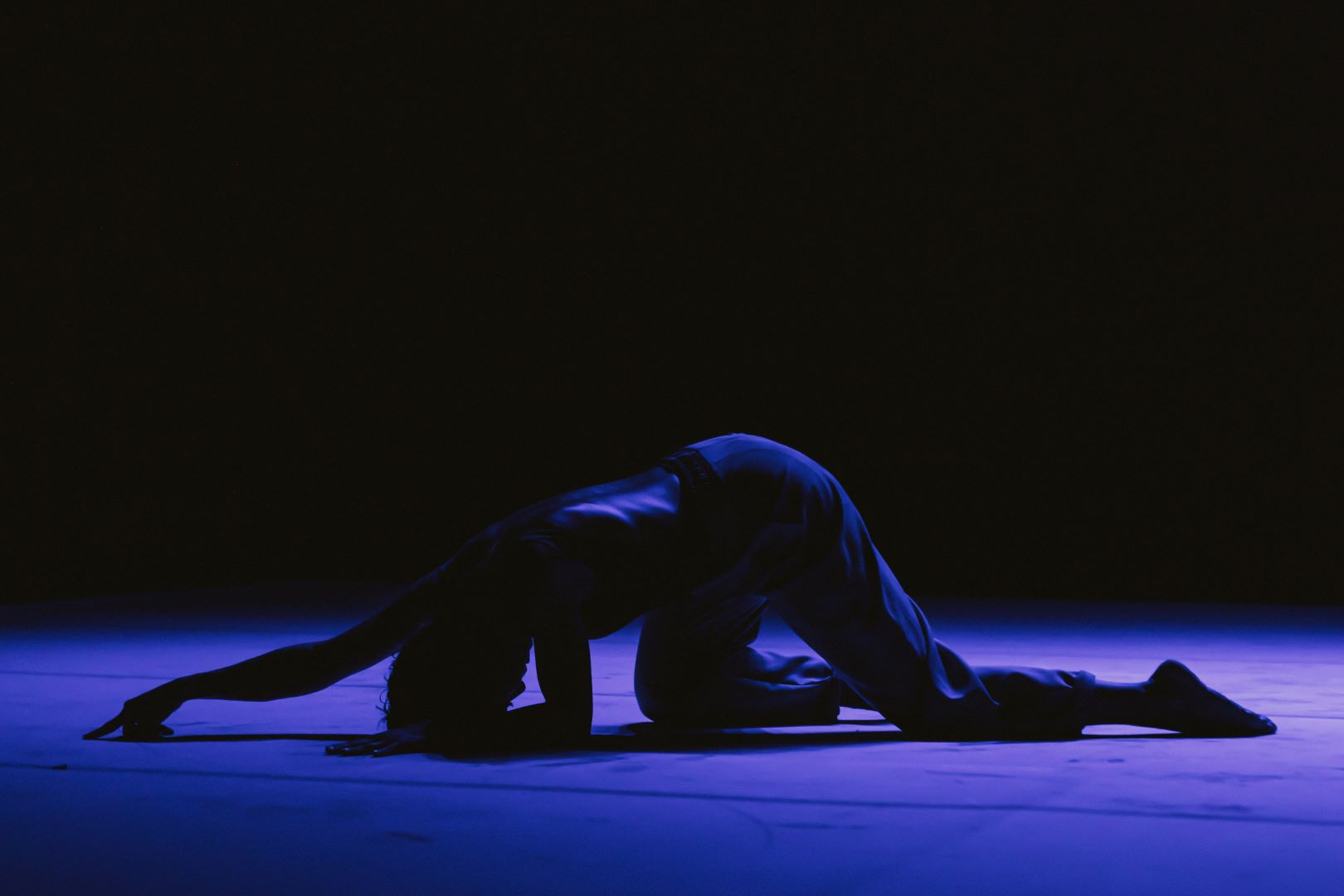

What do you find most fulfilling about making dance accessible?
Dance sometimes risks oversimplification, presenting itself in a way that can deceive the audience into thinking it’s easily accessible. My fulfilment lies in making the intricate, complex compositions of dance accessible, allowing the audience to appreciate the depth without diluting the art.
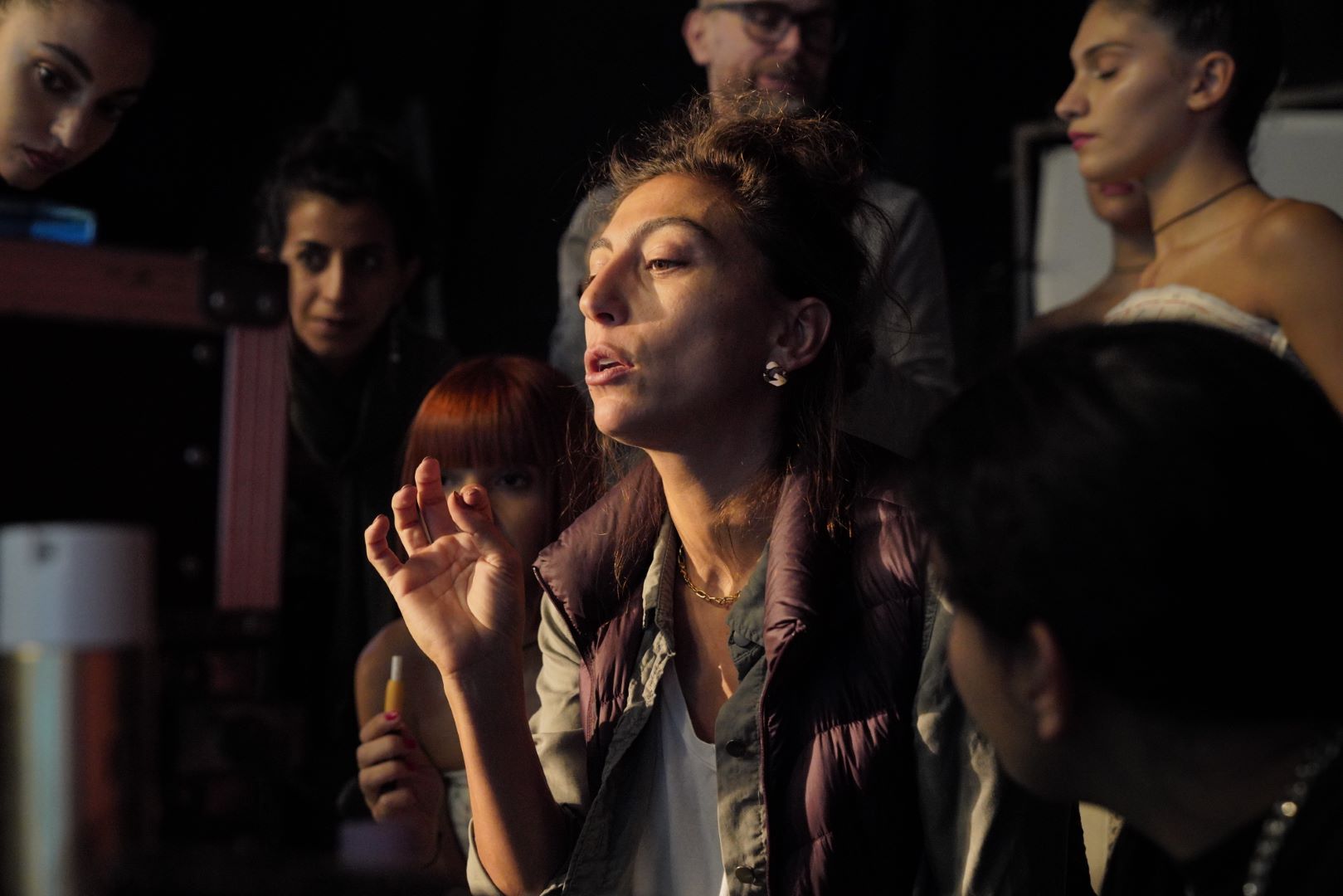
How do you balance your roles as a filmmaker, choreographer, and teacher?
Each inspiration demands its own unique channel, and I’m fortunate to be able to externalise these inspirations through different mediums. Whether I’m making films, creating movement, or teaching, there’s always a focus on the present moment—a mindfulness that’s essential for both creation and communication. This awareness keeps me grounded, balanced, and fully engaged in the creative process, allowing me to translate complex ideas into tangible, expressive forms.

Can you discuss a memorable moment or reaction from a film festival screening of ‘Ghazal’ and its significance to you?
Ghazal speaks of time and the possibility of a backward flow. My premise is that ‘there is no such thing at a very deep level, that causes [must] precede effects’. The long one-shot dance sequence in the film was choreographed and shot in reverse, creating a very subtle magical effect when played forward. Audiences are amazed when they learn this and often want to watch it again immediately.
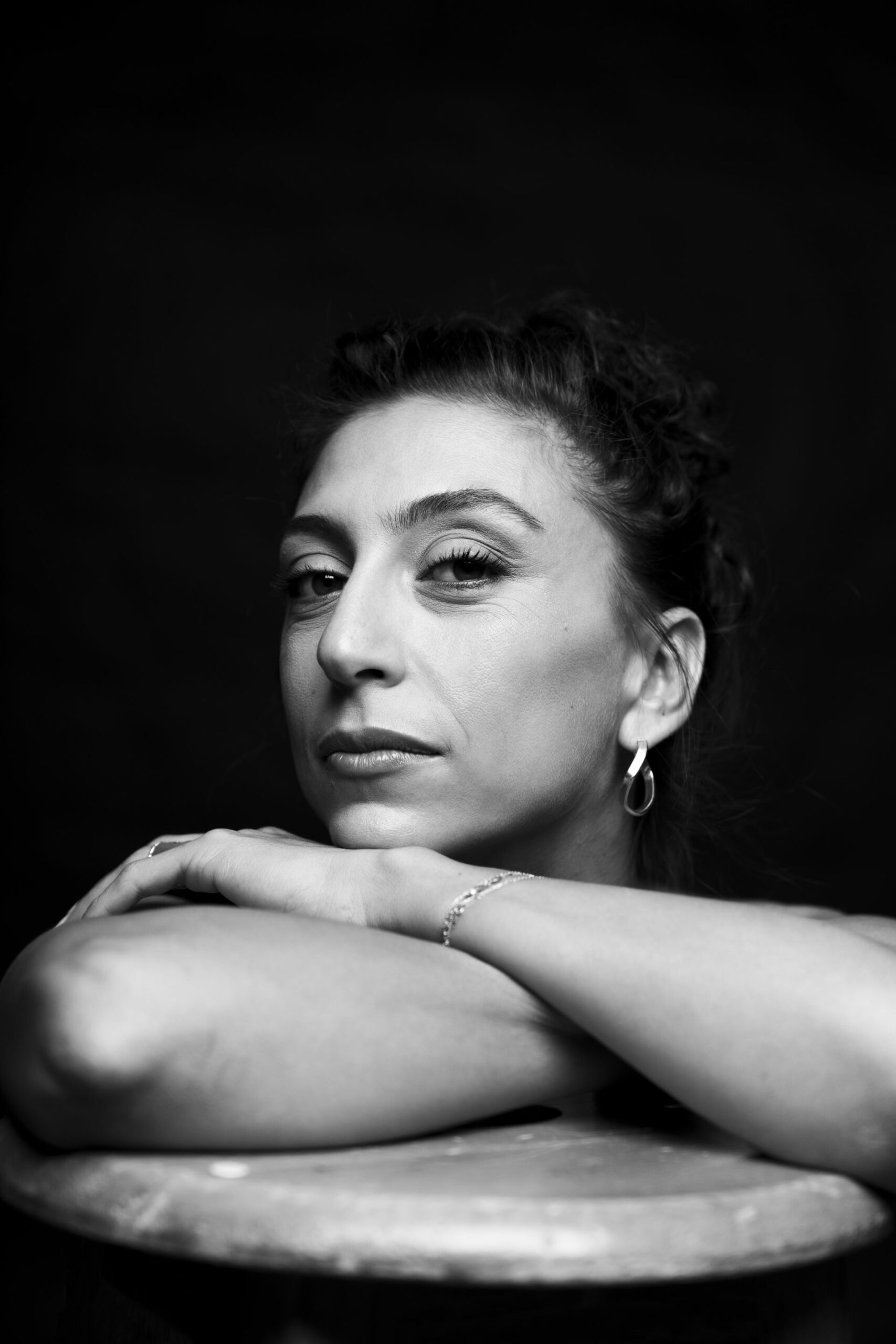
Is there a particular artist or mentor who has had a significant impact on your creative journey? If yes, who?
I like to think of Elizabeth Gilbert when she speaks about ‘your elusive creative genius’. Her talk delves into the expectations of those who choose creativity as a career-life choice, and how creative people manage the emotional risks of being an artist. I cannot not mention Leonard Cohen’s ‘How to speak poetry’ [Do not work the audience for gasps and sighs. If you are worthy of gasps and sighs it will not be from your appreciation of the event but from theirs. It will be in the statistics and not the trembling of the voice or the cutting of the air with your hands. It will be in the data and the quiet organisation of your presence]. I am now coming to the realisation of how much I am impacted by writers!
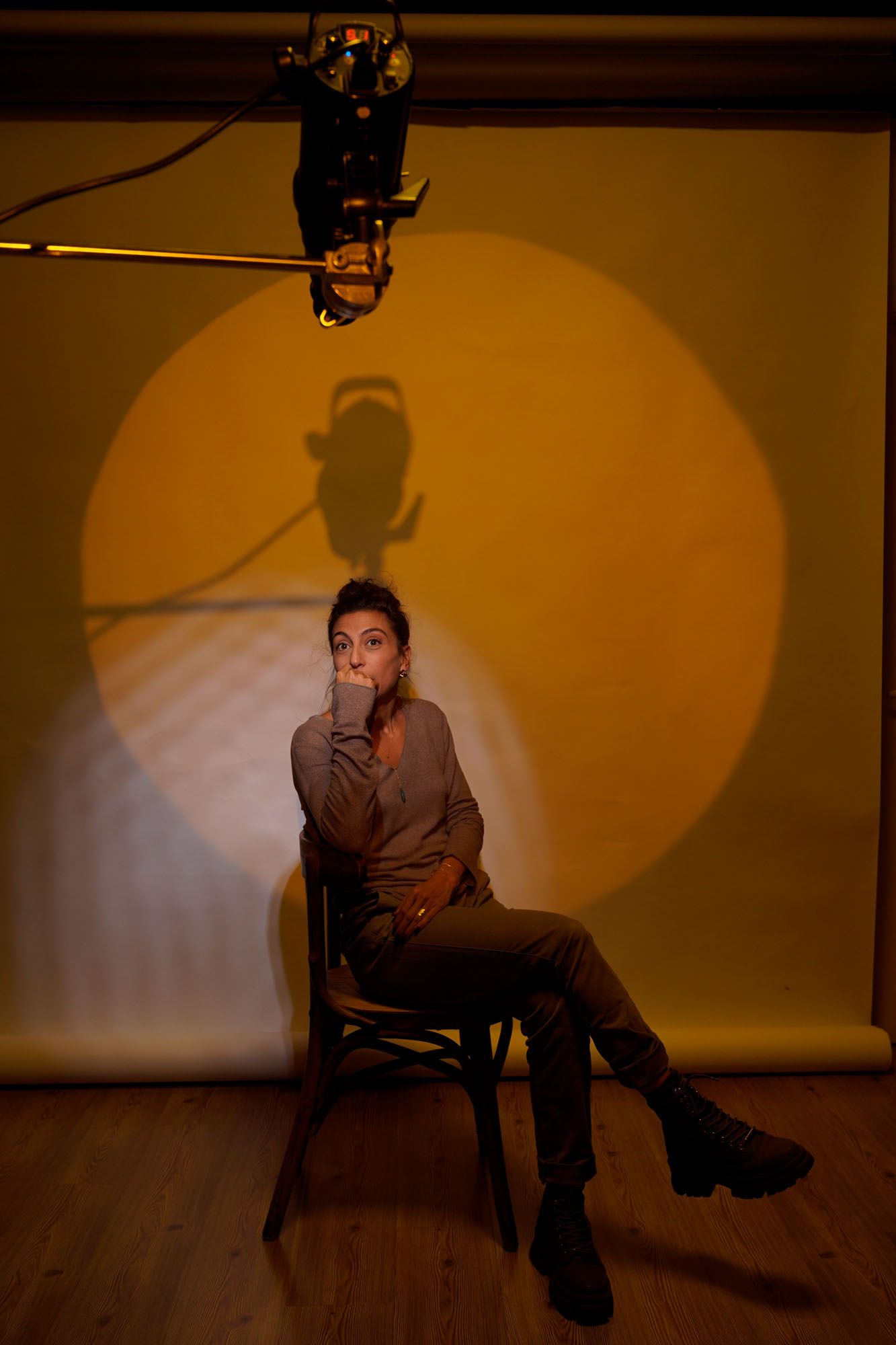
In what ways do you see dance evolving in the future, and how do you plan to contribute to this evolution?
I hope that dance never loses its essence. I believe in the power of integrating physicality with narrative and philosophical depth. If we focus too much on intellectualising dance, we risk losing its bodily expression. Through Beirut Contemporary Ballet, I aim to nurture these skills and uphold the values of openness, communication, and inclusivity.
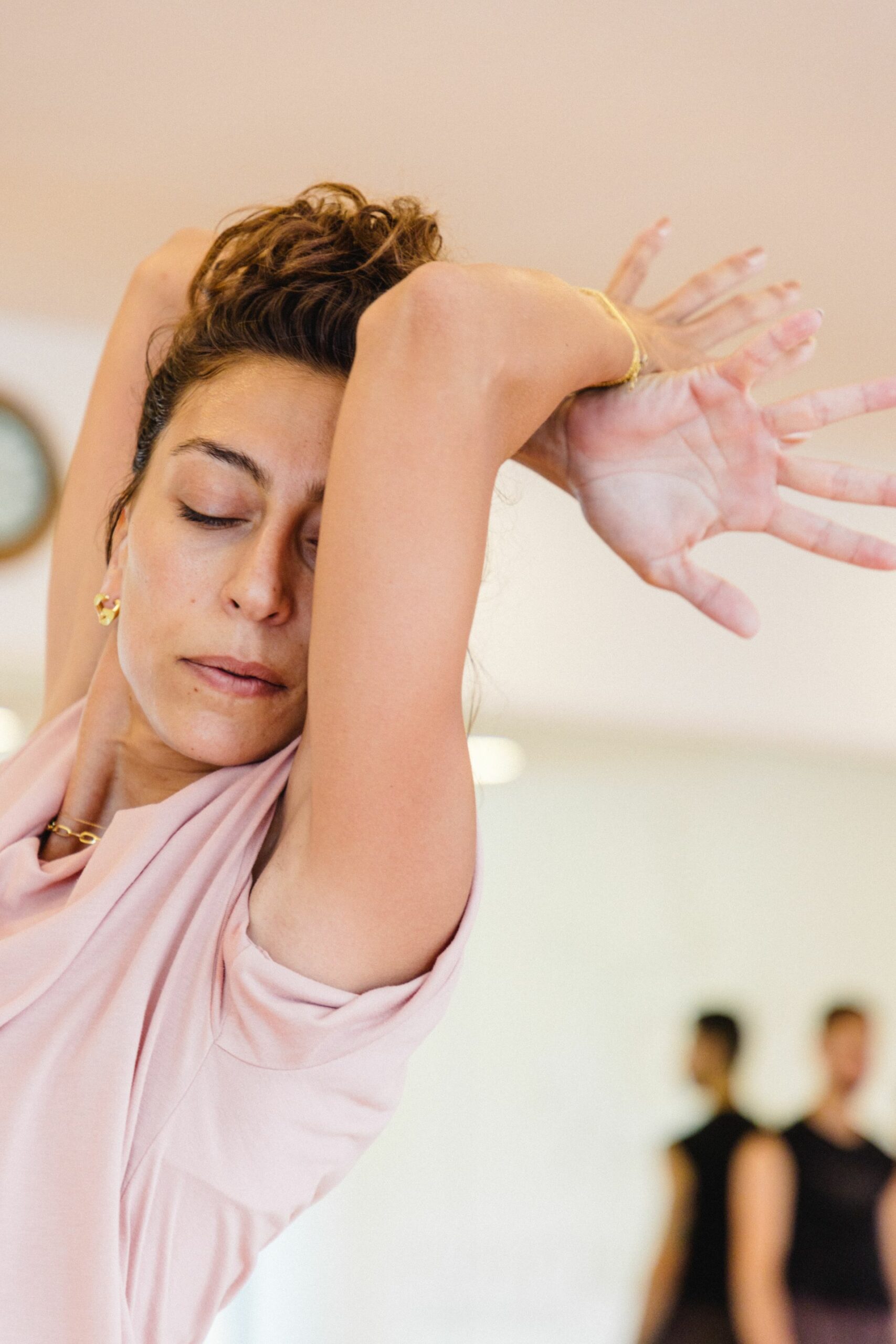
If you could choreograph a dance for any fictional character or historical figure, who would it be?
Jesus! I mean he can walk on water and perform miracles. There is nothing that I could ask him to do that he wouldn’t be able to. It would be divine!
For more stories of art and culture from across the region, like this interview with Jana G. Younes, visit our dedicated pages.
